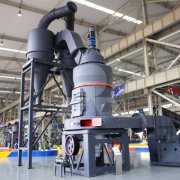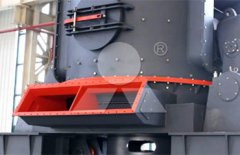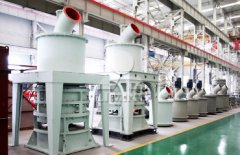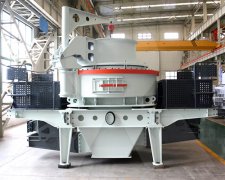Which steel slag sand making machine is easy to use?
Steel slag is a kind of industrial solid waste, a by-product of the steelmaking process. Its production rate is 8%-15% of the crude steel output, and it increases rapidly with the rapid development of the iron and steel industry.
Steel slag is composed of various oxides formed by the oxidation of silicon, manganese, phosphorus, sulfur and other impurities in pig iron during the smelting process and salts formed by the reaction of these oxides and solvents. Currently, there are two main ways for comprehensive utilization of secondary resources. One is to be recycled as a smelting solvent in our factory, which can not only replace limestone, but also recover a large amount of metallic iron and other useful elements from it. The other is to make machine-made sand, which is used in road engineering, glass-ceramic, agriculture, foundry sand and other fields.

After the steel slag is processed by the sand making machine, it has many edges and corners, the surface of the particles is rough and porous, and there are fine steel slag particles in the shape of a honeycomb. Under the action of climate, environmental changes or other materials, the steel slag machine-made sand has strong compression resistance and good pit rupture performance, and its performance also meets the sand standards for construction projects.
Steel slag is waste slag produced in the metallurgical industry, with a Mohs hardness of 5-7, high strength, hard texture, and difficult to handle. At present, there are many types of sand making machines in the market. According to the material conditions, it is better to choose an impact sand making machine. Because it has a new generation of products with multiple independent research and development features, it integrates multiple crushing modes, and is a kind of equipment that is widely used in the machine-made sand industry.
Recommended news
- Concept of Steel Slag in Engineering
- Should the sand making machine production line be fixed or mobile?
- How does the sand making machine adjust the fineness of the sand?
- How to adjust the fineness of sand?
- The maintenance measures that improving the performance of sand making machines
- The advantages of mobile sand making machine




